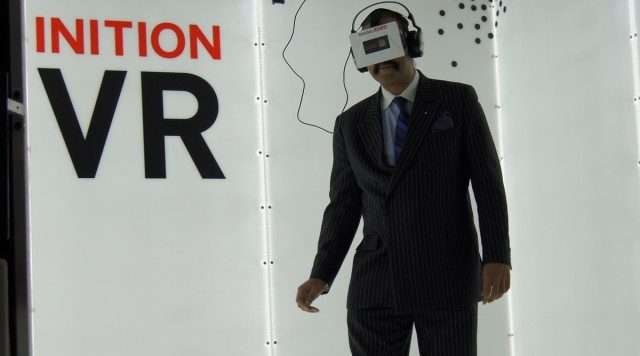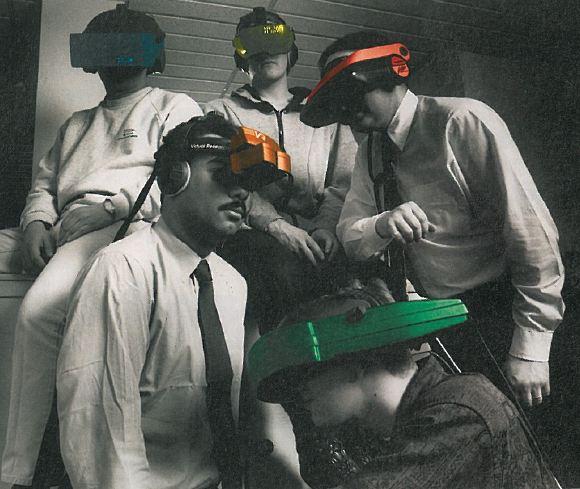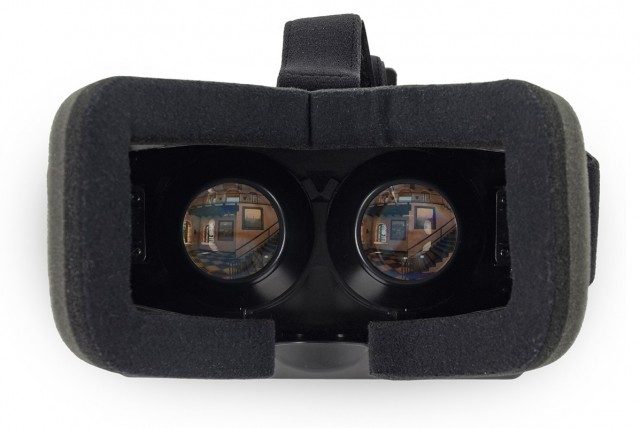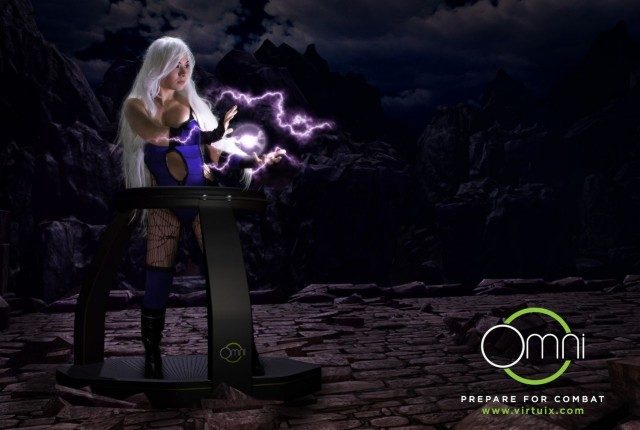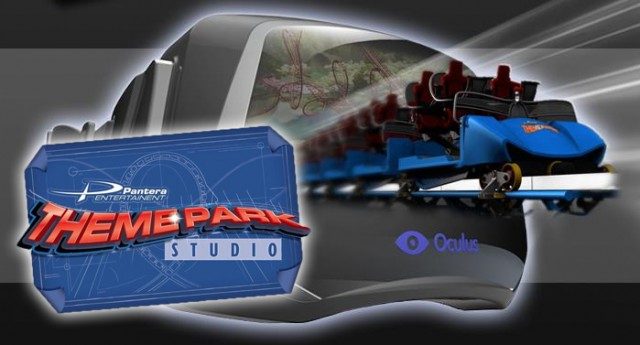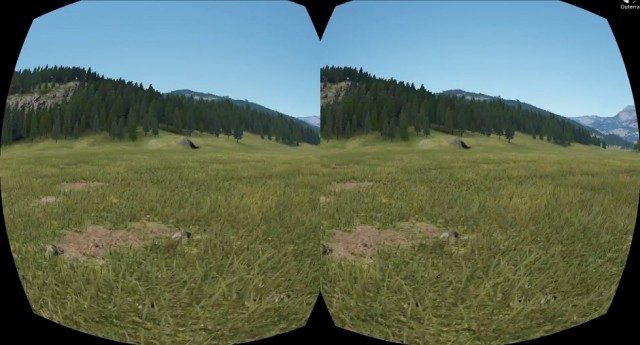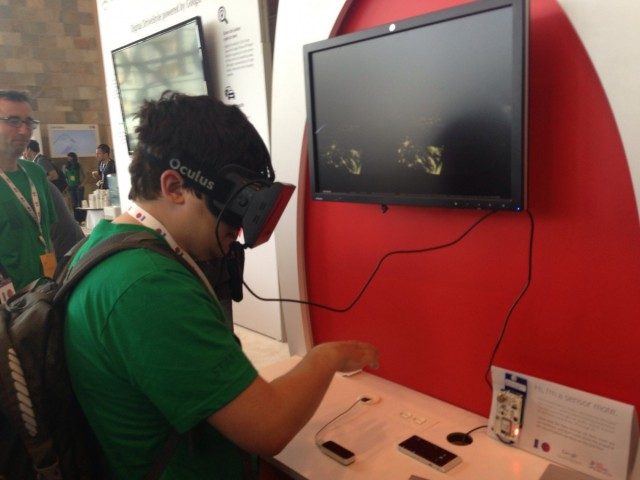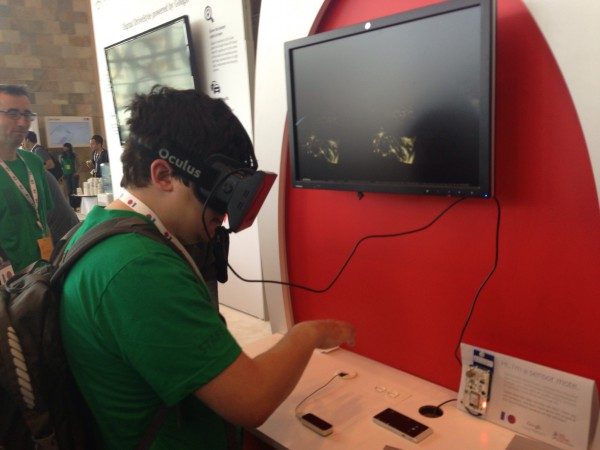Inition ‘AR vs. VR’ Showcases the Latest in AR/VR Tech — Kevin Williams Reports
On Tuesday this week, Inition, a UK-based company specializing in the development of real-time 3D graphics applications, held an event to showcase the latest in 3D AR and VR technology. Present at the showcase was Kevin Williams, who agreed to give us the inside scoop.
 Kevin Williams is the founding chairman of the Digital Out-of-Home Entertainment Network Association (DNA); he is also founder of the digital out-of-home entertainment (DOE) consultancy KWP Limited, and is publisher of the well-respected industry news service, The Stinger Report. He has been involved in immersive entertainment simulation since the 1980’s – first with virtual reality (VR) technology since 1991, working in military simulation’s entrance into entertainment, as well as working for one of the first UK VR corporations; going on to be a Walt Disney Imagineer, developing one of the longest running VR attractions. A prolific writer on the DOE sector and its technology, he also presents at numerous conferences in the sector – consulting with many of the leaders across the industry. He has recently co-authored a book on the immersive out-of-home entertainment sector that will be published soon.
Kevin Williams is the founding chairman of the Digital Out-of-Home Entertainment Network Association (DNA); he is also founder of the digital out-of-home entertainment (DOE) consultancy KWP Limited, and is publisher of the well-respected industry news service, The Stinger Report. He has been involved in immersive entertainment simulation since the 1980’s – first with virtual reality (VR) technology since 1991, working in military simulation’s entrance into entertainment, as well as working for one of the first UK VR corporations; going on to be a Walt Disney Imagineer, developing one of the longest running VR attractions. A prolific writer on the DOE sector and its technology, he also presents at numerous conferences in the sector – consulting with many of the leaders across the industry. He has recently co-authored a book on the immersive out-of-home entertainment sector that will be published soon.
Introduction
It has been some years since my colleagues and I, from the then-leading VR company (Division), appeared in the pages of EDGE Magazine sporting the latest in virtual reality head mounted rigs. Now it’s 2013 and VR is hot again — and once again appears on the cover of EDGE.
I have had the honor to be one of a select few that have been linked to the development of an affordable mass-market VR platform. Since 1968, when Ivan Sutherland and his team implemented the first virtual reality system — using wire-frame graphics and the first head-mounted display — the technology industry has been drawn to develop to a system for detailed representation of virtual worlds. But it would not be until VPL Research was founded in 1984 by Jaron Lanier, and he would coin the phrase Virtual Reality (VR), that the true drive for VR would begin.
I have charted the latest emergence of interest in VR, first with a number of consultancy projects to evaluate the opportunity to drop VR back into the public space – and then with the momentum of the successful Kickstarter and initial release of the Oculus Rift.
This momentum reached a high-point this month for me, with a personal invitation to attend Inition’s ‘AV versus VR’, a special presentation for press and VIP’s of VR technology.
The Demonstrations
 The two-day event was held in London, during the Digital Shoreditch festival organized to promote the innovation of the ‘silicon roundabout’ (as the local area has been dubbed in response to California’s Silicon Valley). The event organized by Inition – a self-styled multidisciplinary creative studio creating exhibitions, live events, interactive experiences, promotions and retail installations for a wide and varied clients base (the company is based in the heart of Shoreditch).
The two-day event was held in London, during the Digital Shoreditch festival organized to promote the innovation of the ‘silicon roundabout’ (as the local area has been dubbed in response to California’s Silicon Valley). The event organized by Inition – a self-styled multidisciplinary creative studio creating exhibitions, live events, interactive experiences, promotions and retail installations for a wide and varied clients base (the company is based in the heart of Shoreditch).
Held in Inition’s dedicated Demo Studio – ‘AR versus VR’ gathered a number of Oculus Rift dev kits in one place, and offered a chance for invited guests to appraise the system, as well as a number of other immersive platforms. Inition had managed to present innovative technology demonstrations running across the slew of systems.
A brief overview of these attending: Wizdish showed their omni-direction treadmill with Kinect tracking, Animazoo showed their new three gyro IGS Glove system with an impressively disturbing VR hand amputation experience. A flying demonstration was also presented using the Kinect to track the user’s body movement to fly round the virtual environment.
Pride of place given to a Inition’s demonstration of Vertigo – with a VR experience, using the Oculus Rift, that had users balance along a virtual ledge with wind effects. Next to this was Norwegian Making View (an early Oculus supporter), showing the Rift HMD running a selection of their impressive real world videos captured on their ViewCam system offering interactive 360 presentation in real-time, perceived by this author as turning the Rift into a modern day View-Master, and compelling representation on the early system.
Along with these VR experiences, there were a number of immersive display technologies including the impressive Dimenco 3D display – a 50’’ 4K LCD display, running a glasses free 3D presentation; along with the ImmersaVu – 160 degree display system with a 1920 x 1080 native resolution.
Inition also showed demonstrations of their recent work — a driving simulator representing the symptoms of hypoglycemia; also including the Nissan JUKE “Built to Thrill Wingsuit Experience” repurposed to use a Kinect to control the simulated wingsuit glider through a game scenario (based on their original motion base VR experience). There was also a Macallan Whiskey ‘Holographic’ Point of Sale (POS) display, and a suite of 3D printers displaying their capabilities.
To round this off Inition showed a number of Augmented Reality (AR) demonstrations using tablets to view virtual items, and a virtual mirror system representing AR connectivity on a large display.
All these demonstrations were impressive in their own right — and we could go into much more detail about each one – but space is limited and the focus of my report for Road to VR is to give impressions of the Oculus Rift, (if you would like to read a detailed report on the event, please check out our news service, The Stinger Report).
(continue reading on page 2…)

